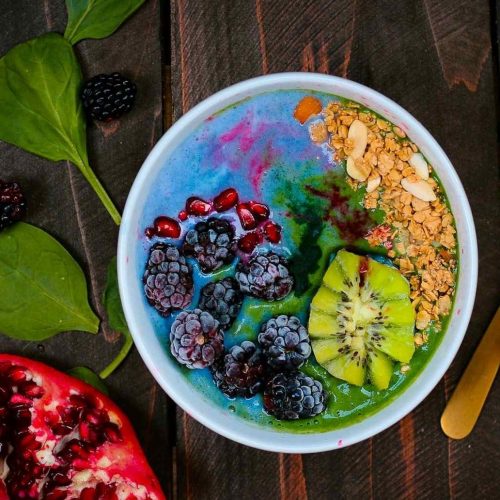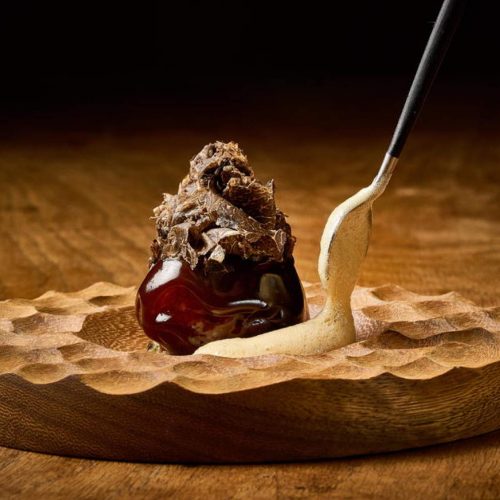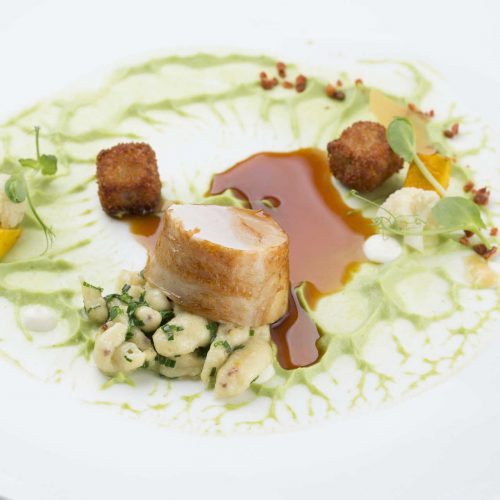Embrace the Seasonal Summer Food | Fresh, Cheaper and Sustainable
Summer is kicking off now, which means it's time to enjoy all the colourful produce, including berries, that not only help boost our immune system; but are sustainable, typically taste better, and easier on our wallet! We're rounding up seasonal produce for you this summer, so that you can favour and tantalise your taste buds while doing something good for the environment.
To receive the Luxiders newsletter, sign up here.
A while back we wrote about how to eat more sustainably; by purchasing local and seasonal foods, and to date, according to some research, the same insight still holds true. Further, seasonal produce tastes better because it's grown in optimal conditions and requires less transportation -so it reaches us sooner after harvest, which means reducing the carbon footprint. Hence, it's time to learn to eat the right thing at the right time.
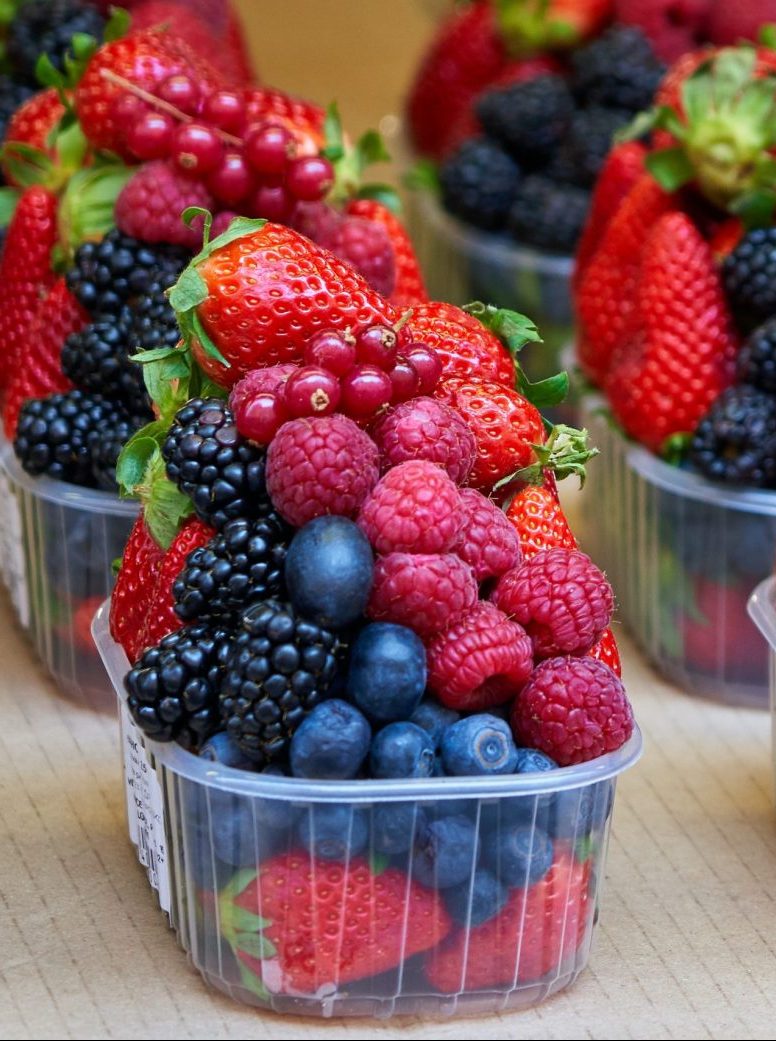

STRAWBERRIES
Strawberries are the epitome of summer indulgence. These red, juicy and sweet fruits are a perfect source of vitamin C, manganese, vitamin B9 and potassium; they are also rich in antioxidants, that are good for your heart and blood sugar control. For a better strawberry flavour, eat them at room temperature - this will bring out their full flavour and aroma. Wash them gently so as not to brush them, and wash them before you hull them.
Recipe idea: Strawberry mojito
If you haven’t tried this twist, you should, because this one is as refreshing as the original one, and just perfect to accompany BBQ time.
Ingredients:
To make the sugar syrup
- 100g caster sugar
- 50ml water
To make the cocktail
- 50ml white rum
- 25ml freshly squeezed lime juice
- 8-10 mint leaves
- 1 fresh strawberry, hulled and quartered
- a pinch of ground black pepper
- a handful of ice, crushed
- a splash of soda water (about 25ml)
- fresh mint sprig, to garnish
How to make it:
To make the sugar syrup, put the caster sugar in a small non-stick saucepan over medium heat and pour in the water. Stir and bring to a boil. Remember boiling sugar is extremely hot, be very careful with it. Once the sugar has dissolved and the liquid is clear, remove the pot from the heat and let it cool.
Pour 20ml of the cooled sugar syrup into a Collins glass with all the remaining ingredients except the soda water and garnish, adding the crushed ice last.
Top up the glass with soda water to taste and gently muddle the drink. If you don't have a muddler, shake the drink with a spoon for about 25 seconds from top to bottom to extract the strawberry flavour.
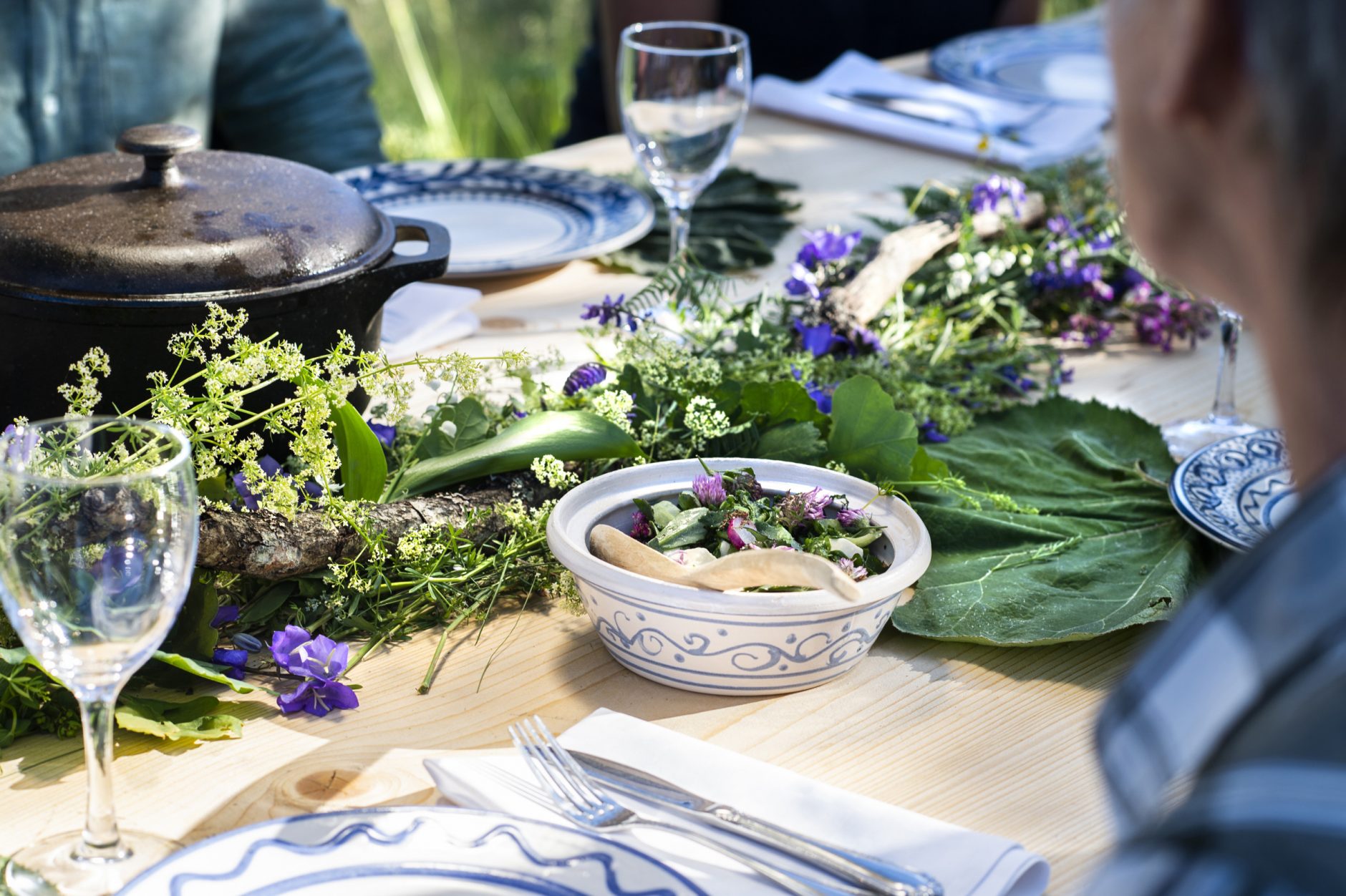
Swedish once believed elderflowers were magical | © Anna Hållams/imagebank.sweden.se
ELDERFLOWERS
Elderflower is very popular in Sweden - not only does its appearance indicate that summer is coming, but it was once believed to have supernatural powers; among other things, it brings good luck, protects children, and is said to ward off evil spirits. In modern times, this aromatic flower has been proven to be beneficial to health, as it is rich in vitamin C. The flowers must be cooked before consumption and can be used to flavour jams, sauces, jellies and to make cordial.
Recipe idea: Elderflowers tempura
Quirky and unusual dessert as a fresh take on the classic Japanese dish. Perfect to give an impression for your summer get-together.
Ingredients:
- About 18 elderflower heads
- Sunflower oil for deep-frying
- 1 large free-range egg
- 250ml sparkling water
- 125g cornflour
- 125g fine rice flour
- 1 tsp bicarbonate of soda
- 1 tsp baking powder
- 2 tsp caster sugar, plus about 3 tbsp for dusting
How to make it:
To make the tempura, put the oil in a large pan and heat to 190°C or until a cube of bread browns in 20 seconds.
Combine the egg and the fizzy water in a large bowl. Sift all the dry ingredients with a pinch of salt, add it all at once to the liquid and stir (it doesn't matter if it's lumpy).
Dip the flowers into the batter and deep fry, one at a time, until crisp but not brown. Drain on the lined tray and dust with the extra sugar.

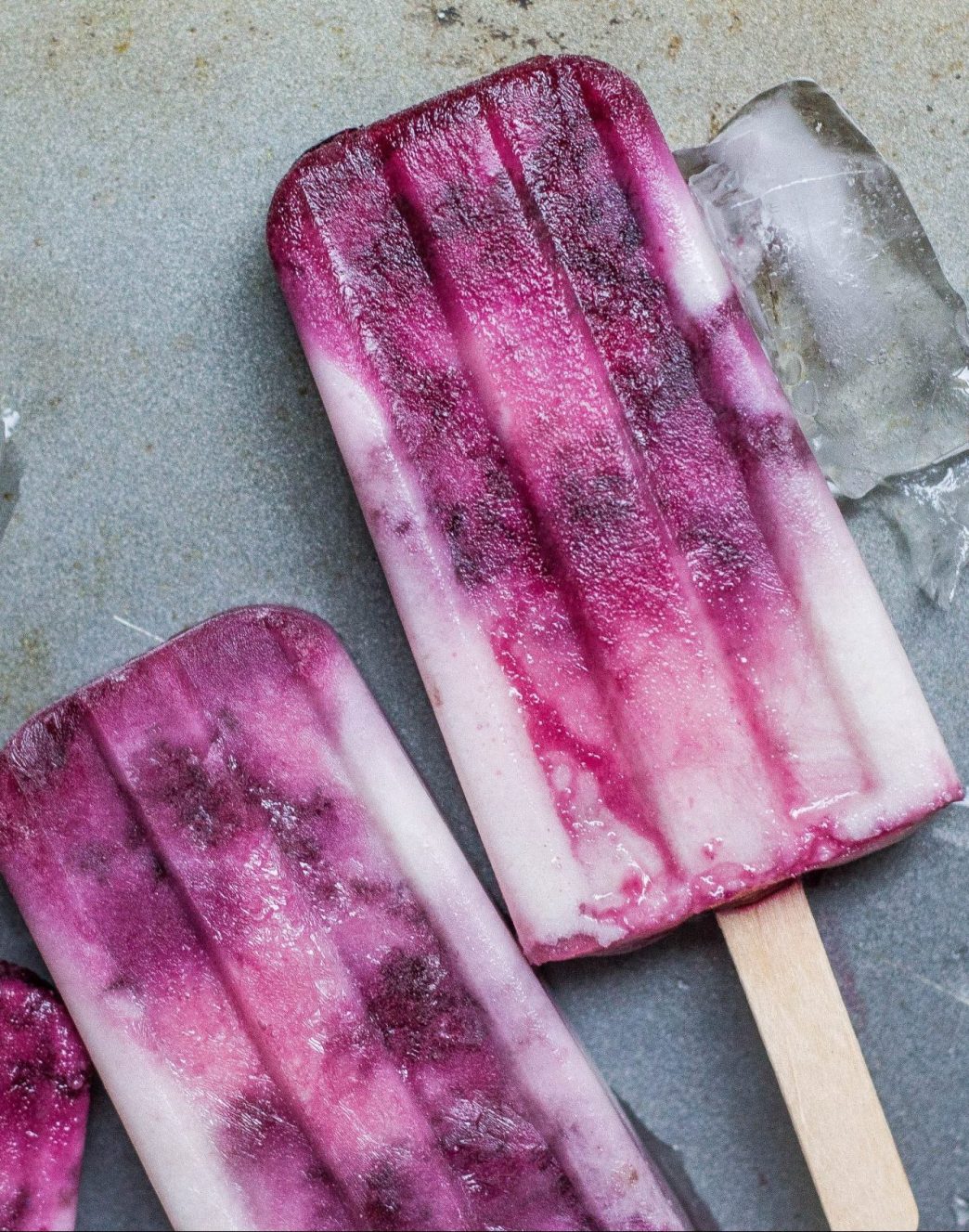
BLUEBERRIES
A little knowledge about these plump and juicy berries, long ago, before the 1900s, the only way to enjoy these North American natives was to harvest them in the wild. But luckily, scientists have unlocked the secret to cultivating blueberries and now we can even grow them in our backyard. Blueberries are known to be high in nutrients, antioxidants, fibre and vitamins.
Recipe idea: Blueberries cheesecake popsicle
We all love blueberry cheesecake, is always a crowd-pleaser. Why not put a twist on it this summer by making it as ice lollies? We're pretty sure the kids would love it too - and of course, the adults won't turn it down.
Ingredients:
- 150g frozen blueberries
- 20g caster sugar
- 280g Philadelphia cream cheese
- 1½ tbsp whole milk
- 100g full-fat greek yoghurt
- 100g icing sugar
You’ll also need:
- 8 x 80ml ice-lolly moulds and 8 ice-lolly sticks
How to make it:
Place the blueberries and caster sugar in a medium saucepan with 1 tablespoon water and cook over medium heat, stirring frequently, until the blueberries break down and the liquid has thickened, about 10 minutes, then set aside and cool completely.
Place remaining ingredients in a medium bowl and whisk until well combined.
Have the lolly moulds ready.
Pour the cream cheese mixture into a pouring jug, then pour in the blueberry mixture. Stir gently until the mixture is swirled but not completely mixed then pour into the mould. Place sticks in the moulds, then freeze overnight.

BROAD BEANS
Known as fava beans, these greens are a great source of protein and carbohydrates, as well as vitamins A, B1 and B2. To consume them, we need to shell the beans from their velvety pods. Slit each pod along its seam and run your thumb along the furry inside to push the beans out. If the broad beans are quite large, we will need to pod them twice and the outer skin may be a bit leathery. Although podding can be time-consuming, it is somehow a therapeutic task that reveals creamy, vibrant, sweet beans that speak of the taste of spring/summer. A little tip to avoid double podding: Use these beans early in the season or cook the unpeeled beans in boiling water for a few minutes, drain, rinse with cold water and break with your nail to remove the hard skin.
Recipe idea: Smashed minty broad beans purée.
This purée is great with lamb chops, pork cutlets; or just spread it generously on your toasted bread and add a small amount of ricotta and top with the crushed beans and crispy fried pancetta.
Ingredients:
- 300g podded and skinned broad bean, around 1,2 kg unpodded
- 3 tbsp olive oil
- juice of 1/2 lemon
- small amount of mint leaves, roughly chopped
How to make it:
Put the broad beans in a food processor with half the olive oil, plenty of salt and pepper, and lemon juice. Blitz to a chunky purée, then transfer to a saucepan but leave off the heat. Then stir in the mint and remaining olive oil. Check for seasoning.
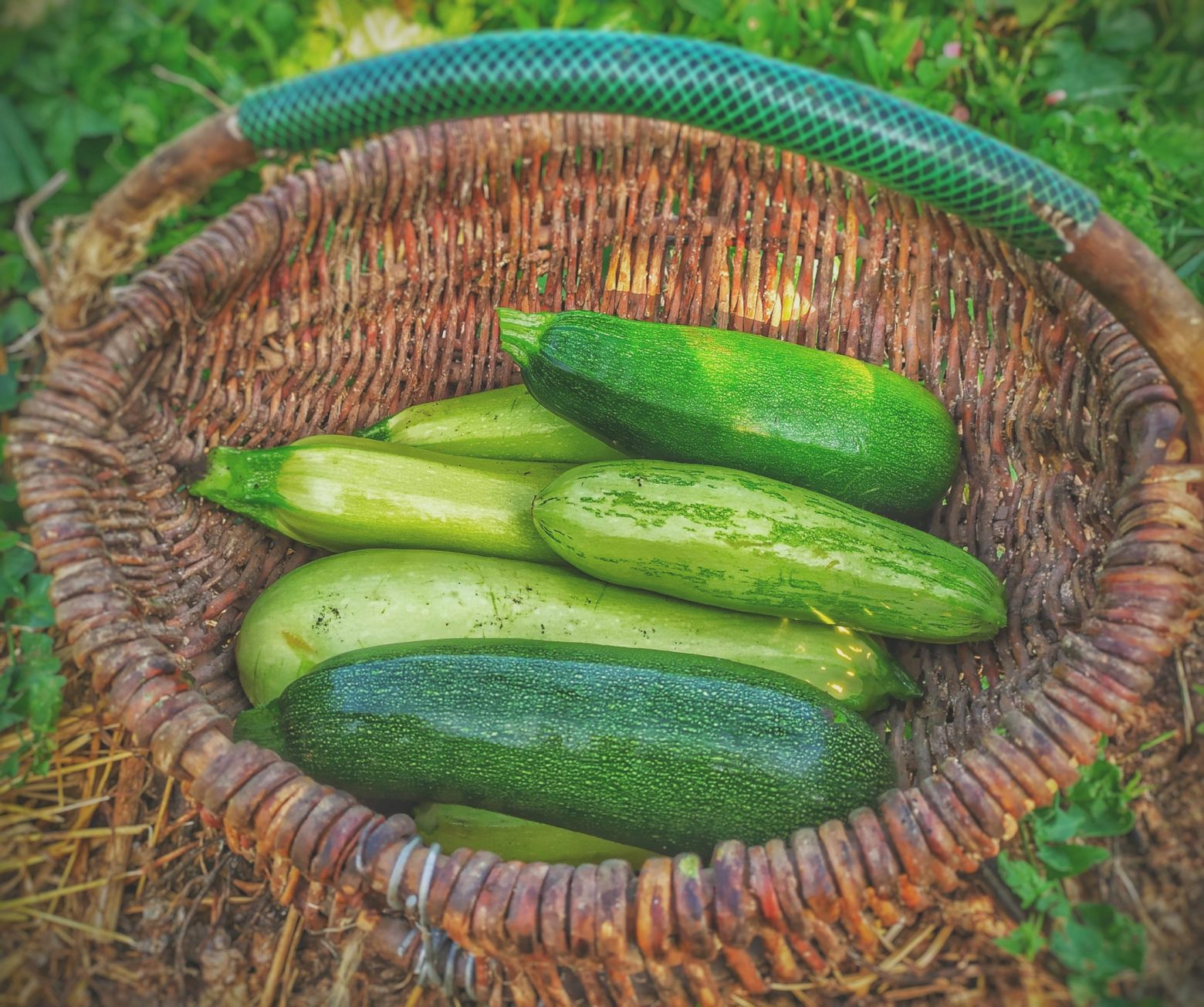

COURGETTE
Courgette is also known as zucchini or marrow. This is one of the most beloved of the summer squashes that can elevate flavour to any dish, and it is packed with nutrients. Courgette is a versatile produce and can be cooked in many different ways. Although it looks like a cucumber, courgette is usually cooked and not eaten raw; the flavour is delicate, subtle and sweet. Not only that, but the flowers are edible, taste luscious and look stunning. Courgette flowers are extremely perishable; hence it's best to eat them the day you buy them. To prepare, wash them carefully in a bowl of water, cut off the courgette fruit and remove the stem.
Recipe idea: Marinated courgette and fennel salad with basil.
To serve after the main course, this salad of marinated courgette ribbons with beautiful courgette flowers on top is easy to make and won't disappoint. It's best eaten after the steak's big flavour-refreshing and a palate cleanser!
Ingredients:
- 1 large fennel bulb
- 6 baby courgettes or 3 big ones
- Juice of 2 lemons
- 50ml extra-virgin olive oil
- Sea salt flakes
- Basil leaves
How to make it:
Slice the fennel bulb as finely as possible (set the fronds aside) and spread it out in a wide, non-metallic bowl.
Slice the courgettes very finely (set aside any fronds and leave them whole, or carefully cut them in half if they are large) and add them to the bowl with the fennel.
Squeeze the juice from both lemons and drizzle with 50ml extra virgin olive oil. Season with sea salt flakes, then gently toss everything through and leave to marinate for 30-60 minutes.
To serve, transfer the vegetables to a serving platter (leaving any excess marinade), add the courgette flowers, a handful of basil leaves and the fennel fronds (or a few sprigs of dill) and drizzle with a little more olive oil.
Season with salt and pepper, then serve.
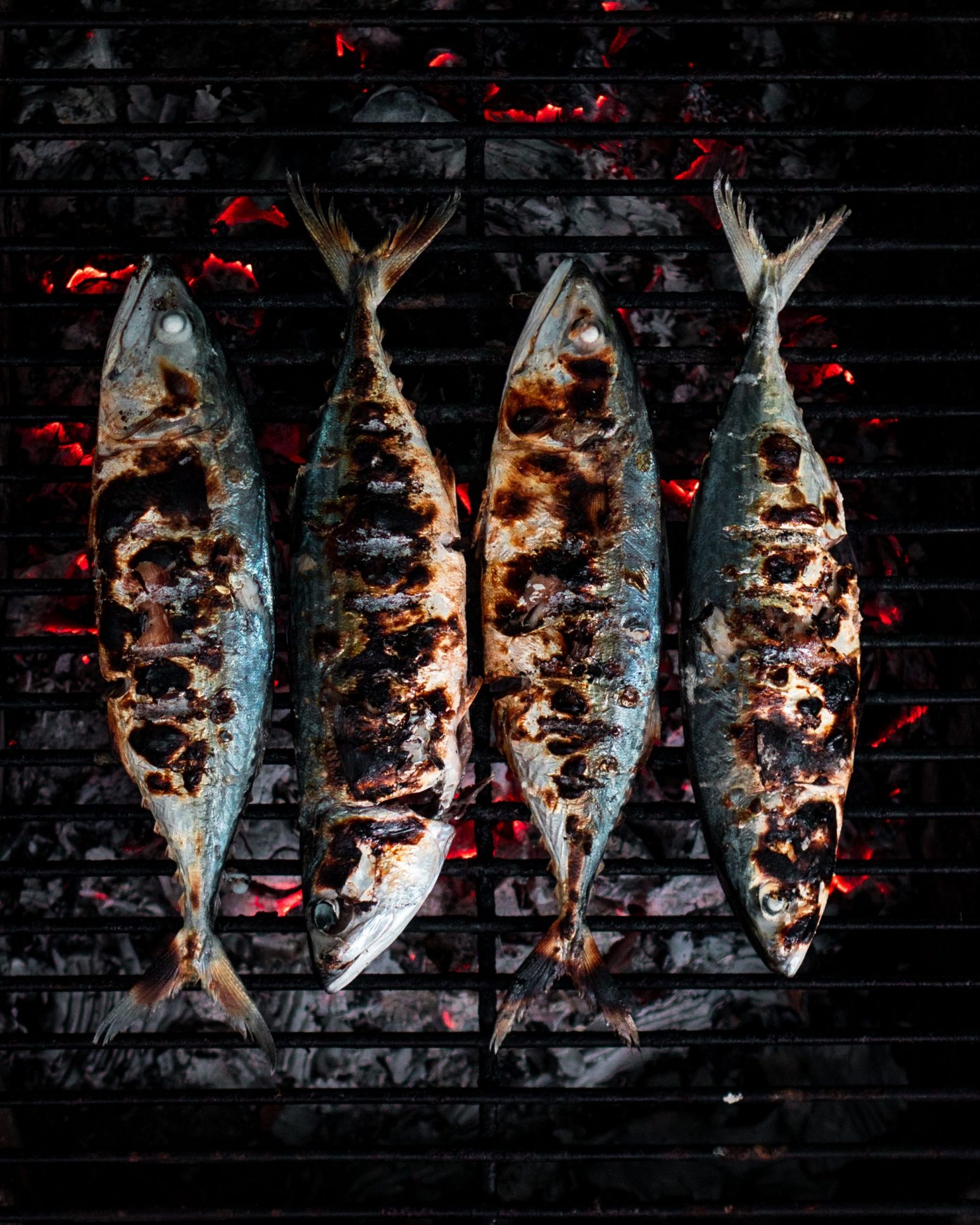
MACKEREL
Perhaps mackerel could be one of your next favourite types of oily fish because it's packed with good stuff; high in omega-3 fatty acids and selenium, mackerel fish can satisfy all your skincare needs. These substances act as antioxidants in the body, helping to reduce oxidative stress and the effects of free radicals, which are the natural byproducts of cellular metabolism. They can also help reduce the appearance of wrinkles and age spots, and relieve certain inflammatory conditions such as psoriasis and eczema. The other great thing is that mackerel is quite easy to prepare and just tastes great, whether grilled, baked, smoked or in a pâté.
Recipe idea: Grilled mackerel with raisin and herb couscous
Our recommendation for summer weekend lunch with your loved ones. The richness of the grilled mackerel pairs harmoniously with the sweet flavours of the pine nuts and raisins in the couscous.
Ingredients:
- 4-8 sustainable fresh mackerel fillets (depending on your appetite) or 4 whole mackerel, butterflied – ask your fishmonger to do this for you
- 3 tbsp olive oil
- 200g couscous
- 3 tbsp pine nuts
- 3 tbsp raisins
- 2 spring onions, finely chopped
- 3 tbsp chopped fresh soft herbs – we recommend a mix of parsley and dill
- Grated zest and juice 1 lemon
How to make it:
Heat the grill to medium-high. Rub the mackerel skin with 1 tablespoon oil, then place skin side up on the prepared baking sheet. Grill for 8-10 minutes, until the skin is crisp and the meat is opaque.
Meanwhile, put the couscous in a heatproof bowl with 1 tbsp oil and a little salt and pepper. Pour over enough freshly boiled water to just cover, then stir with a fork. Cover with an upturned plate and set aside for 5 minutes to allow the couscous to cook in the hot water.
Toast the pine nuts in a dry pan until golden, then add to the cooked couscous with the raisins, spring onions, most of the herbs, lemon juice and remaining oil. Season and stir with a fork to mix everything together and loosen the couscous.
Divide the couscous between 4 plates or stack it on a platter and place the mackerel on top. Sprinkle the remaining herbs and the lemon zest on top.
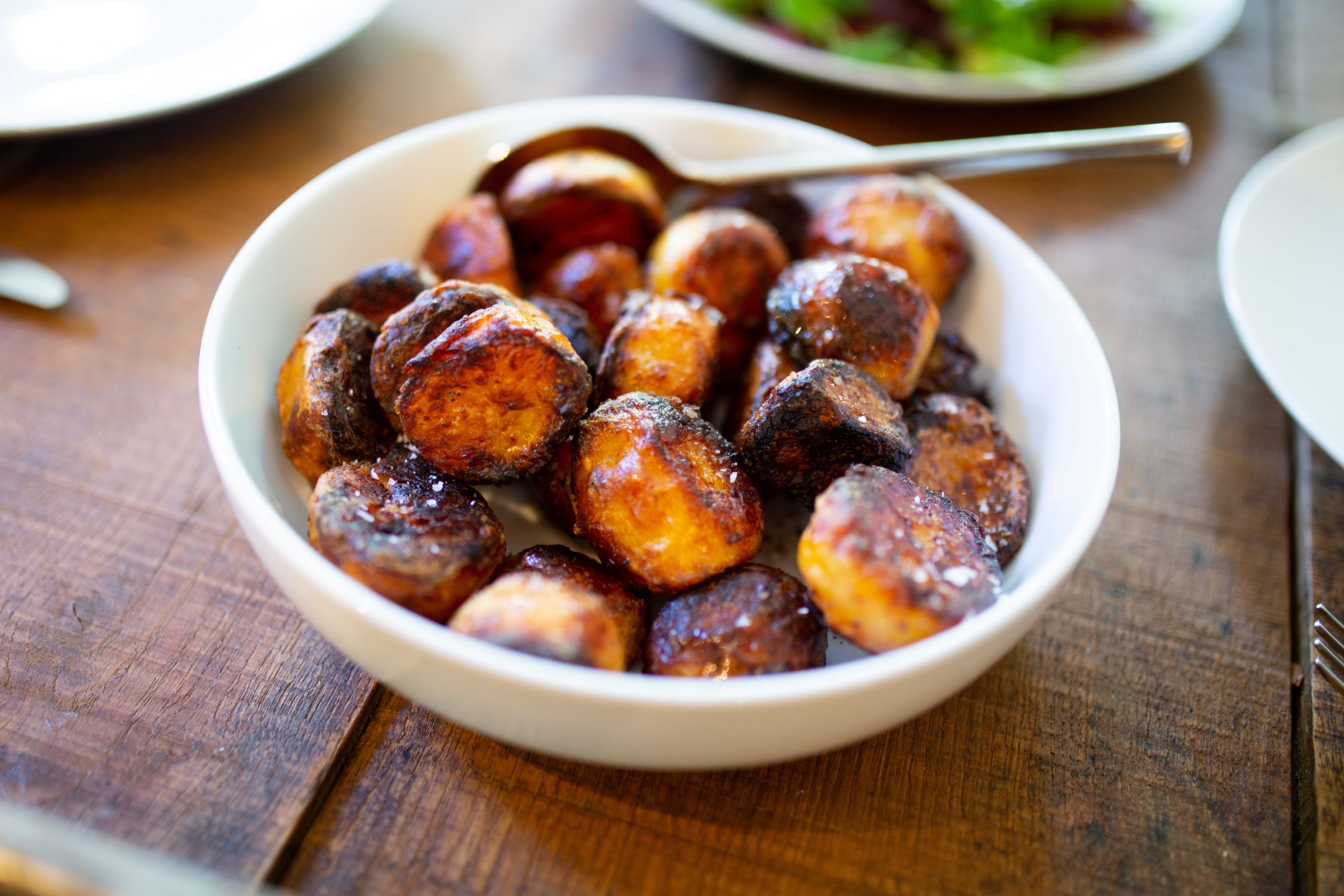

NEW POTATOES
Yes, yes, we can enjoy potatoes year-round, but new potatoes are the star of the spring/summer season. New potatoes are naturally low in fat and high in vitamin C and come in many varieties, the most popular being Jersey Royal. Their distinct flavour is due to the rich and fertile soil in which they are grown. A little tip: when you buy new potatoes, they are usually covered in soil; unwashed potatoes often last longer because the soil protects them from bruising.
Due to their versatility, new potatoes are a great summer carb option that can be served hot or cold, boiled or roasted. Jersey Royals, as with all the finest ingredients, they are best cooked simply. Boil them for 10-15 minutes (depending on size) and then toss with a generous knob of good-quality, salted butter and some fresh herbs.
Recipe idea: Baked new potatoes with wilted wild garlic.
This delicious side dish is a staple and goes well with meat or fish dishes, or even asparagus. And if you don't fancy wild garlic, you can replace it with watercress.
Ingredients:
- 800g new potatoes (larger ones halved)
- 4 tbsp olive oil
- 1 tbsp white wine vinegar
- 1 tbsp wholegrain or Dijon mustards
- 2 tbsp chopped parsley
- 2 tbsp fine capers, drained and chopped
- 100g wild garlic or watercress, roughly chopped
How to make it:
Preheat the oven to 200°C/180°C fan/gas 6. Toss the potatoes in 1 tbsp oil and plenty of sea salt, place on a baking tray and bake for 45 minutes to 1 hour, tossing occasionally, until golden brown and cooked through.
Remove from oven and place in a large bowl. While still hot, toss through the remaining ingredients until the wild garlic or watercress has wilted. Allow to cool slightly before serving.

+ Words: Alvia Zuhadmono, Luxiders Magazine
Sustainable communication student | Sweden-based writer
Connect with her through LinkedIn


